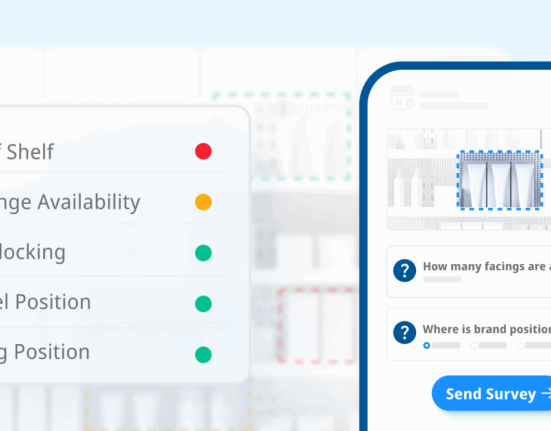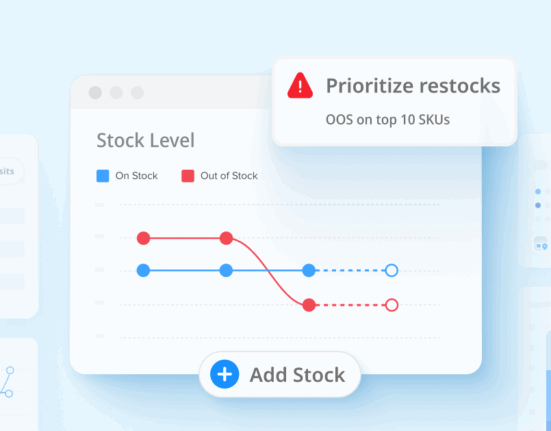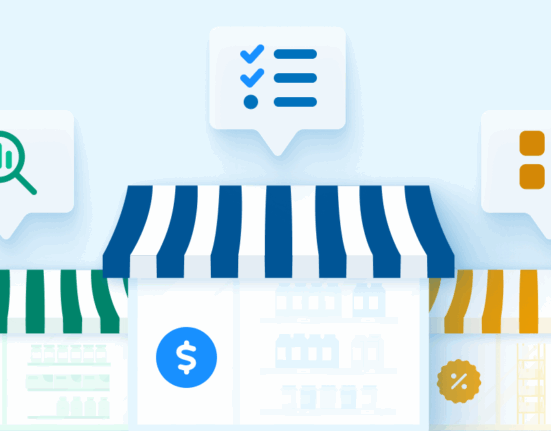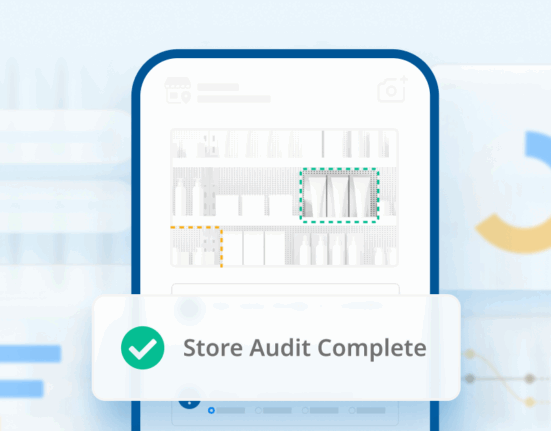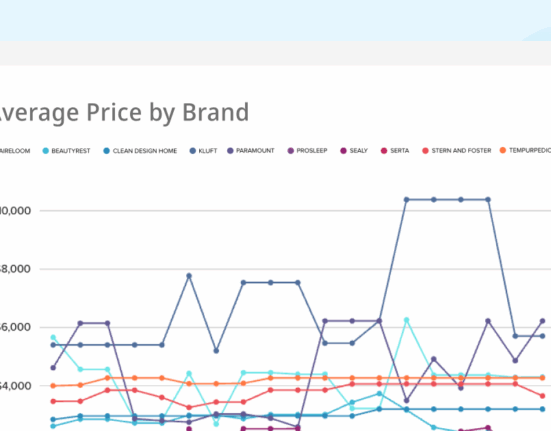The drive for perfection in retail in-store execution never ceases. Traditionally, this has meant sending out merchandisers to ensure that products are amply stocked, properly displayed, and promotions are correctly implemented. Yet, the rise of crowdsourcing via mystery shoppers has changed the way brands collect and interpret in-store data, presenting a method that not only complements but in some respects surpasses conventional merchandising tactics.
This discussion explores the key benefits of leveraging crowdsourced data from mystery shoppers, contrasting it with the traditional functions of merchandisers, and illuminating how brands can utilize the collective power of both strategies to gain invaluable retail insights cost-effectively.
The Traditional Merchandiser: A Role Revisited
Merchandisers play a pivotal role in the retail ecosystem. Their responsibilities include (but certainly aren’t limited to) stocking shelves, setting up displays, implementing promotional materials, and ensuring products are presented according to brand standards. The goal is to optimize product visibility and appeal, directly influencing purchasing behavior.
This hands-on approach is time-tested but comes with limitations, notably in scalability, objectivity, and the timing of insights. Generally, merchandisers operate during store hours, which may not coincide with peak shopping times, and their assessments can be inherently biased.
The Advantages of Crowdsourcing Insights
Crowdsourcing data from mystery shoppers introduces a paradigm shift in collecting and analyzing retail execution data. This approach has several distinct advantages:
- Unbiased, Consumer-Centric Insights: Mystery shoppers, being actual consumers, provide genuine feedback from the shopper’s perspective, offering unbiased insights into the shopping experience.
- Comprehensive Coverage, Anytime: Data collection is not limited by store hours or traditional working periods. Mystery shoppers can gather data during weekends, after hours, and peak shopping times, ensuring a true representation of the store’s presentation to the majority of consumers.
- Extensive Geographical Coverage: Leveraging local shoppers allows for data collection across all retail channels and geographical locations, offering a national, even global, view of brand presentation.
- Cost-Effective Strategy: By identifying areas of compliance and concern, brands can strategically deploy merchandisers to specific locations needing attention, optimizing resource allocation and reducing costs.
To be a bit clearer on the last point, crowdsourcing serves as an effective interim solution for brands hesitant to bear the substantial costs associated with full-scale merchandising. The common misconception that brands must choose between expensive third-party merchandising—usually only justifiable for high-volume stores and products—or operate without any in-store support, is unfounded.
Crowdsourcing offers a viable alternative, bridging this gap by providing valuable insights without the hefty investment required by traditional merchandising approaches.
Unified Approach: Synergizing Crowdsourcing with Merchandising
While each approach has its strengths, the most effective strategy lies in their integration. Crowdsourcing provides a broad, unbiased, and real-time view of brand execution across a vast network of retail locations. It allows brands to gauge general compliance and consumer reception without the limitations of traditional working hours or geographical boundaries. On the other hand, merchandisers offer precise, hands-on corrections and implementations that are sometimes necessary for maintaining brand standards.
In practical terms, integrating crowdsourcing with the use of merchandisers transforms the way time is allocated across various tasks.
Firstly, the reliance on merchandisers for traditional, often manual and labor-intensive reporting is eliminated. This is because crowdsourcing enables the collection of data on a broader scale and at a reduced cost.
Secondly, by leveraging crowdsourced insights, merchandisers are dispatched solely to stores in need of attention, thus cutting down unnecessary travel and visits to stores that are already performing well.
This strategic approach ensures that each visit is highly productive, focusing on stores with the greatest revenue potential and dedicating efforts to high-value activities like selling and merchandising that cannot be economically outsourced. This method not only enhances the effectiveness of each store visit but also substantially lowers the costs associated with upholding in-store execution standards.
Conclusion
In the competitive retail landscape, the fusion of crowdsourcing with traditional merchandising strategies gives retail brands a practical advantage.
This approach empowers brands with enhanced oversight and optimization of in-store execution. Leveraging crowdsourcing’s efficiency in data gathering at reduced costs, and integrating these insights with conventional merchandising efforts, brands can better position their products and increase sales.
This approach increases the return on merchandising investments by focusing on the most impactful activities and the stores most likely to boost revenue, making retail operations more efficient and effective.




